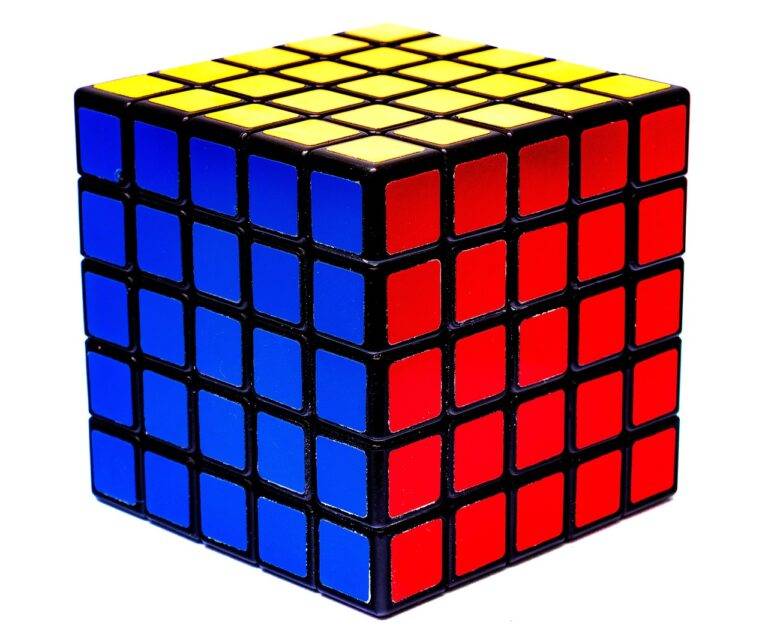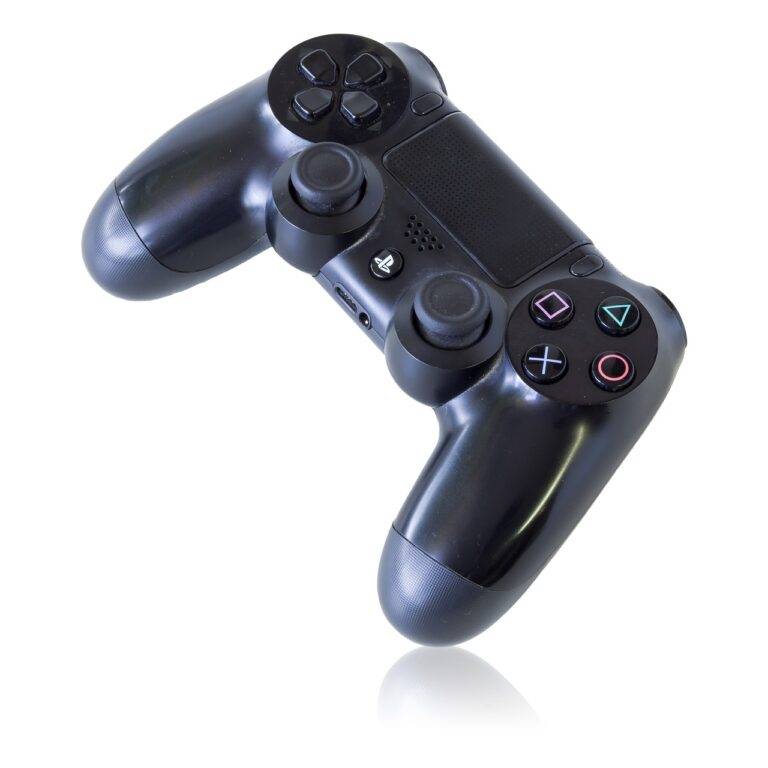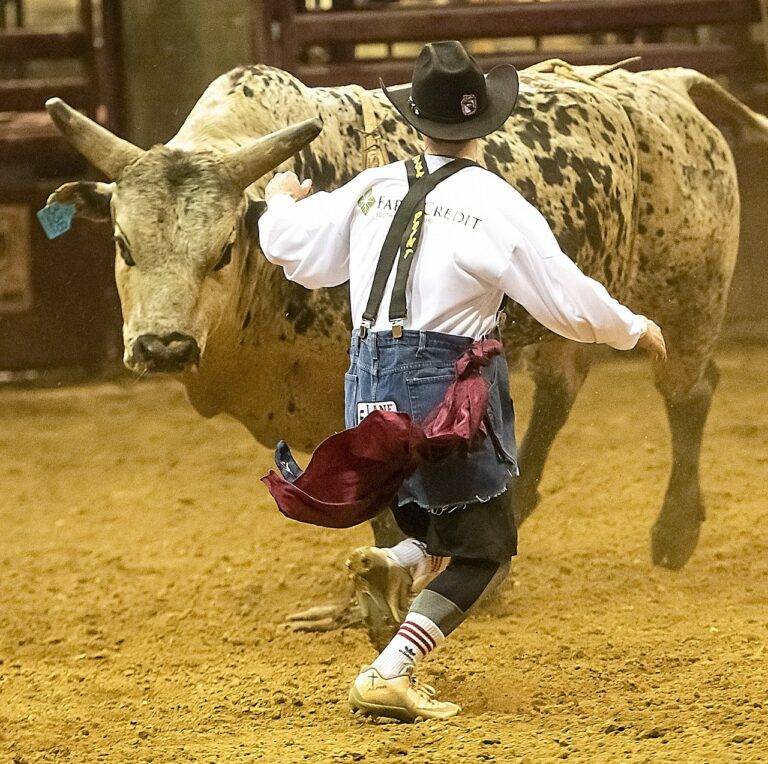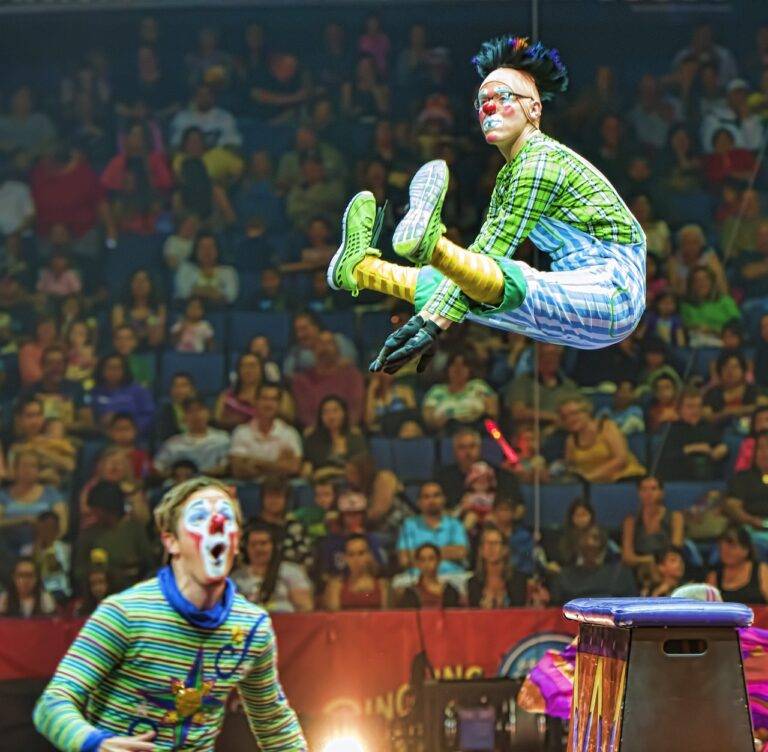The Evolution of Motion Capture Technology in Film: From Avatar to The Jungle Book
Motion capture technology has significantly evolved since its inception, paving the way for more realistic and dynamic animations in various sectors. Initially utilized in the film industry to bring fictional characters to life, this innovative technology has now found applications in gaming, sports analysis, virtual reality, and medical research among others.
The early stages of motion capture involved cumbersome and time-consuming processes, such as attaching sensors directly to an actor’s body to track their movements. Over time, advancements in technology have led to the development of more sophisticated motion capture systems that use specialized cameras to capture movements with greater precision and detail. This progress has not only enhanced the quality of animations but has also streamlined the overall capturing process, making it more efficient and accessible to a wider range of industries and applications.
Early Beginnings of Motion Capture in Film
The concept of motion capture in film dates back to the early 20th century, with the earliest attempts to capture human motion utilizing rudimentary techniques. In the 1915 silent film “The Lost World,” stop-motion animation was used to create realistic movements of dinosaurs. While not traditional motion capture by today’s standards, this pioneering approach laid the foundation for future developments in the field.
One of the most significant milestones in the early history of motion capture was the creation of the rotoscope by Max Fleischer in 1915. The rotoscope was a device that allowed animators to trace over live-action film frame by frame, resulting in more lifelike movements in animated characters. This revolutionary technique not only improved the quality of animation but also paved the way for the development of more advanced motion capture technologies in the years to come.
What is motion capture technology?
Motion capture technology is a technique used to capture the movements of actors or objects and translate them into digital data for use in animation or visual effects in films.
When was motion capture technology first used in film?
The early beginnings of motion capture in film can be traced back to the 1970s and 1980s.
How has motion capture technology evolved over the years?
Motion capture technology has evolved significantly over the years, with advancements in camera technology, software development, and the use of specialized sensors to capture more detailed movements.
What are some popular films that have used motion capture technology?
Some popular films that have utilized motion capture technology include “Avatar,” “The Lord of the Rings trilogy,” and “The Polar Express.”
Is motion capture technology only used in film?
No, motion capture technology is also used in video games, television, and other forms of media to create realistic animations and special effects.





